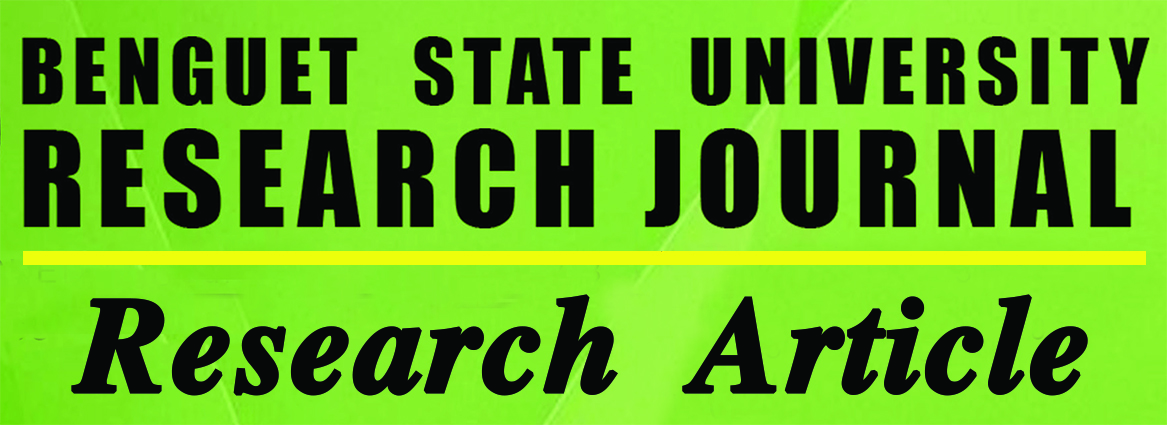Pre-Harvest Aflatoxin Contamination of Peanuts Collected from Regions I, II and Cordillera Administrative Region
Main Article Content
Abstract
Pre-harvest aflatoxin contamination is a priority concern considering the effects of combined pre- and post-harvest aflatoxin contaminations in peanut products. This can cause liver cancer and weakened immune system in humans, and high mortality and reduced productivity in livestock. It can be carried by cow’s milk to processed milk, cheese, and other dairy products (CAST, 2003). The study was undertaken to determine the presence of pre-harvest aflatoxin contamination in peanuts grown in Regions I and II, and the Cordillera Administrative Region. There were 165 peanut samples collected from standing plants ready for harvest in the farm (78), fresh in-shell harvests sold in the market (34), and just dried in-shell brought to the seed store (46) then deshelled ready for processing (7) to ensure that whatever aflatoxin detected is from pre-harvest contamination. Immunochromatographic test strips with 20 parts per billion (ppb) as cutoff limit showed that 7.88% had pre-harvest aflatoxin contamination. These were collected from farms and storage in Region I (4.24%) and Region II (3.64%). There could be some aflatoxin contamination below 20ppb in the samples considering the limitation of the test strip. Results therefore imply the need for appropriate management of pre-harvest aflatoxin.

